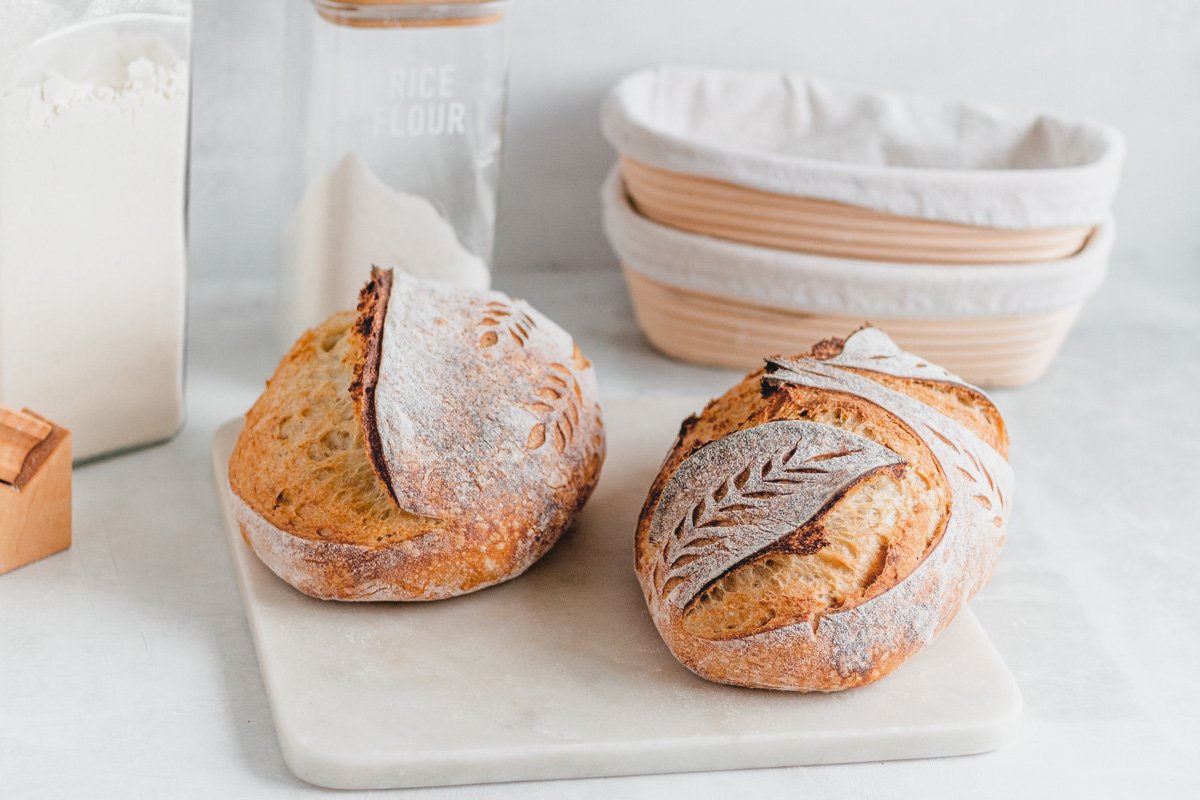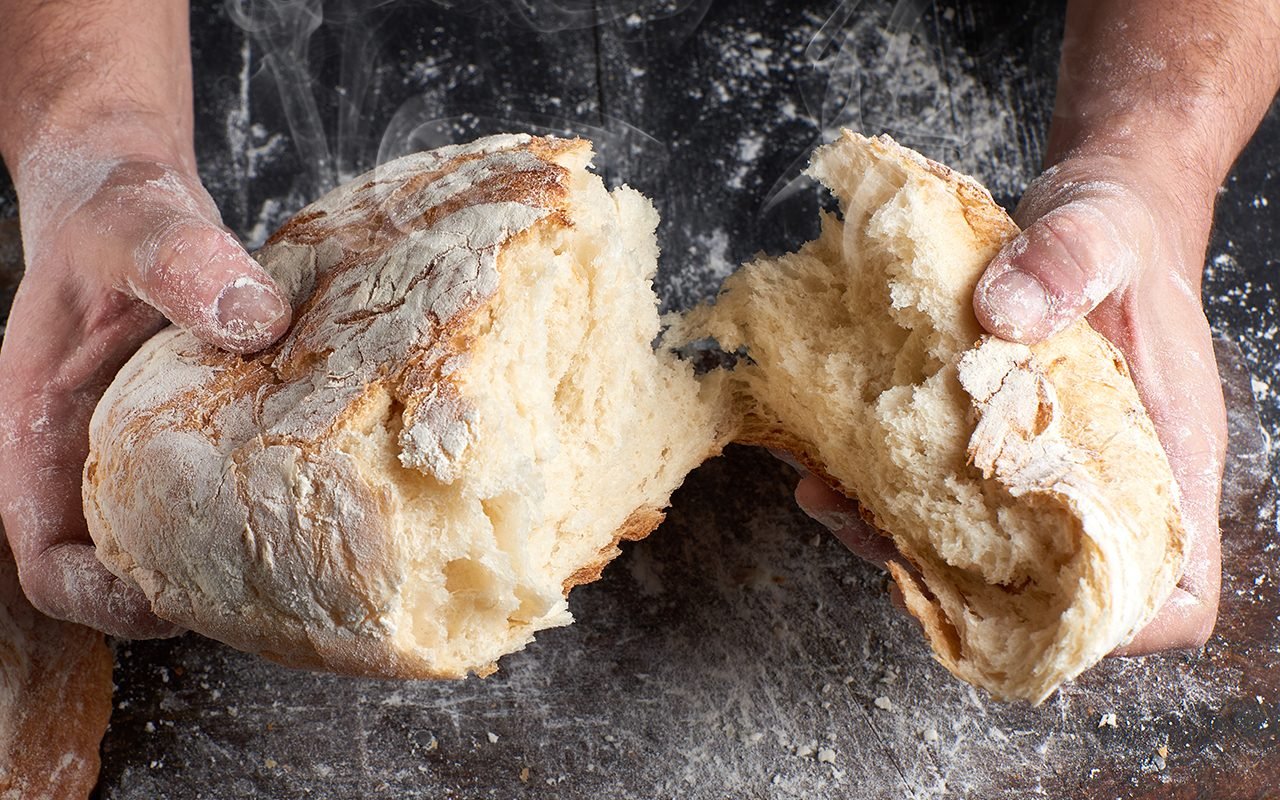
Common Sourdough Baking Mistakes and How to Avoid Them
Sourdough baking is as much an art as it is a science. The complex process of fermenting flour and water to create a natural leaven has fascinated and fed humankind for centuries. However, mastering the process can be a challenge even for experienced bakers. This article aims to address common mistakes in the sourdough baking process and provides tips from this great Sourdough Bread Website on how to avoid them.
The Importance of The Starter
In the world of sourdough, the ‘starter’ or ‘mother’ plays a crucial role. This fermented mixture of flour and water contains the yeast and bacteria that will give your bread its unique taste and texture.
Mistake 1: Neglecting the Starter
One common mistake beginners make is neglecting their sourdough starter. A healthy starter is crucial for successful sourdough baking. If left unfed or in unsuitable conditions, the starter can lose its potency, resulting in a dense and flavorless loaf. To avoid this, make sure to feed your starter regularly and store it in a cool, stable environment.
Understanding The Dough
Getting your dough right is the first step towards a delicious loaf of sourdough. The hydration ratio, flour type, and kneading technique all influence the dough’s performance.
Mistake 2: Incorrect Hydration
Hydration is all about the balance of water to flour in your dough, and getting this ratio wrong can lead to dense or dry loaves. If you’re finding your dough too wet and hard to handle, try reducing the amount of water. Conversely, if your bread is turning out dry, a bit more water may be needed.

The Fermentation Process
Fermentation is the heart of sourdough baking. It’s a complex process where your dough transforms, developing the flavor and structure that makes sourdough so unique.
Mistake 3: Over or Under Fermenting
Fermentation time can greatly influence the outcome of your bread. Over fermentation can cause the bread to become too sour and lose its structure, while under fermentation can result in a lack of flavor. It’s crucial to understand that fermentation time can vary depending on the temperature and activity of your starter. Learning to read the signs of well-fermented dough—such as size increase and bubble formation—can save you from this common mistake.
Shaping and Baking the Bread
Once your dough is well fermented, shaping and baking are the final hurdles. The way you handle these steps can significantly impact your bread’s texture and appearance.
Mistake 4: Poor Shaping Technique
Poor shaping technique can result in a loaf that’s flat and dense. Shaping helps create tension on the surface of the dough, which aids in oven spring and forms a nice, round loaf. Make sure to practice shaping techniques like pre-shaping, bench rest, and final shaping to achieve the perfect loaf.
Mistake 5: Incorrect Baking Temperature and Time
Finally, baking your loaf at the wrong temperature or for an incorrect amount of time can lead to undercooked or overbaked bread. Every oven is unique, so take the time to understand yours. Use an oven thermometer for accurate temperature measurements, and always monitor your bread during baking.
Conclusion
Mastering sourdough is a rewarding but often challenging process, and it’s not uncommon to make mistakes along the way. However, understanding these common pitfalls and learning how to avoid them can greatly improve your sourdough baking journey. Remember, every loaf is a lesson, so keep practicing, experimenting, and above all, enjoying the process.




